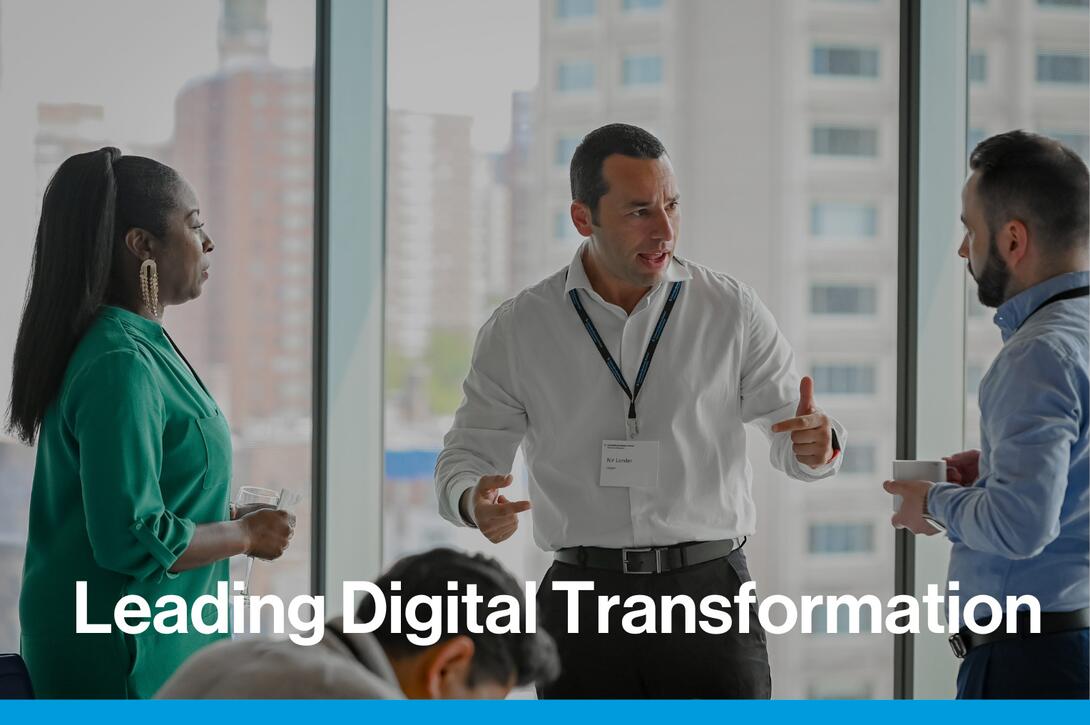
October 21–24, 2025 | In Person
In four days, gain the knowledge and tools needed for your organization to keep up and thrive in the ever-changing digital age. Rethink your customers, competition, data, and innovation, and accelerate change by focusing on customers, experimentation, and rapid learning.


